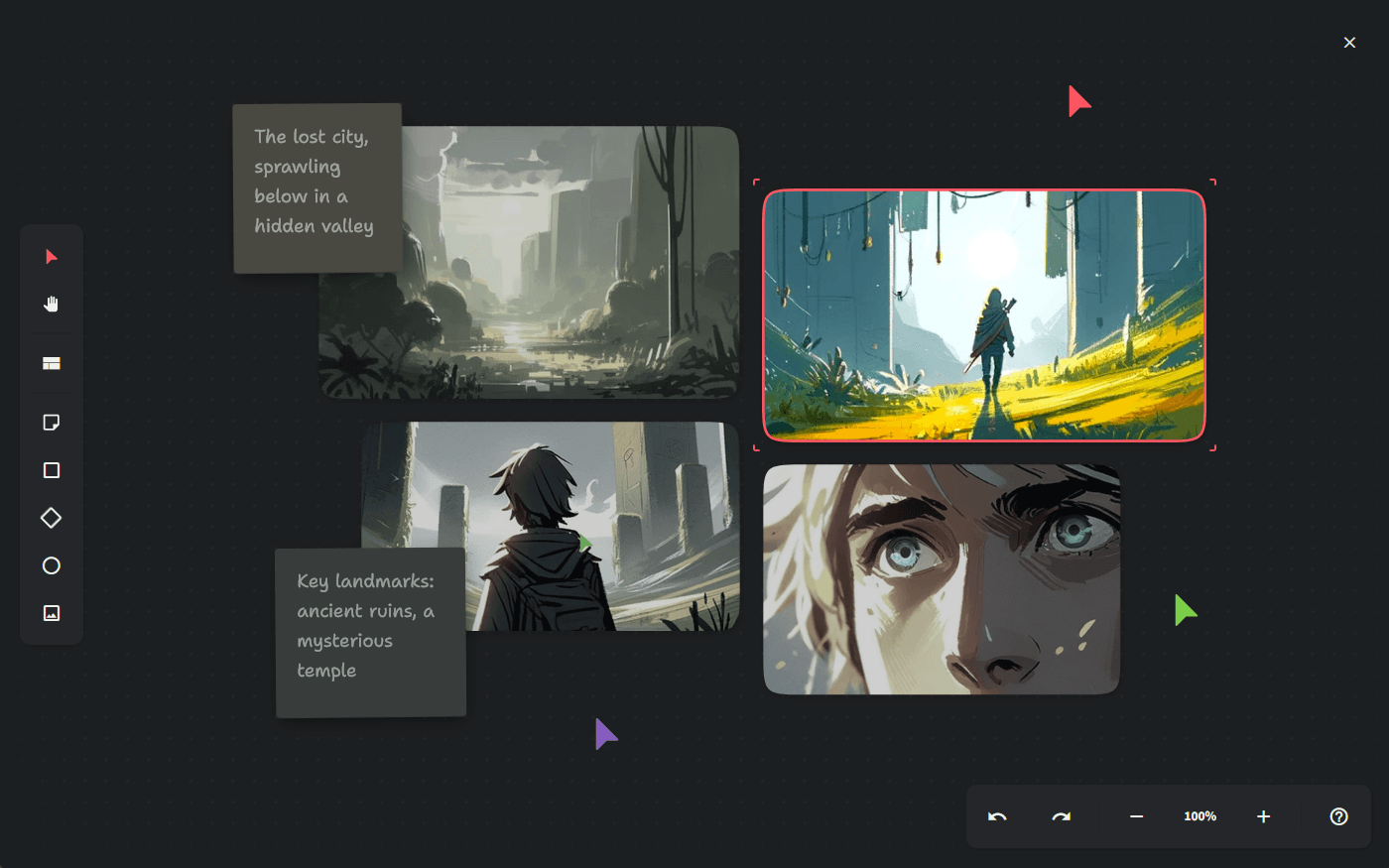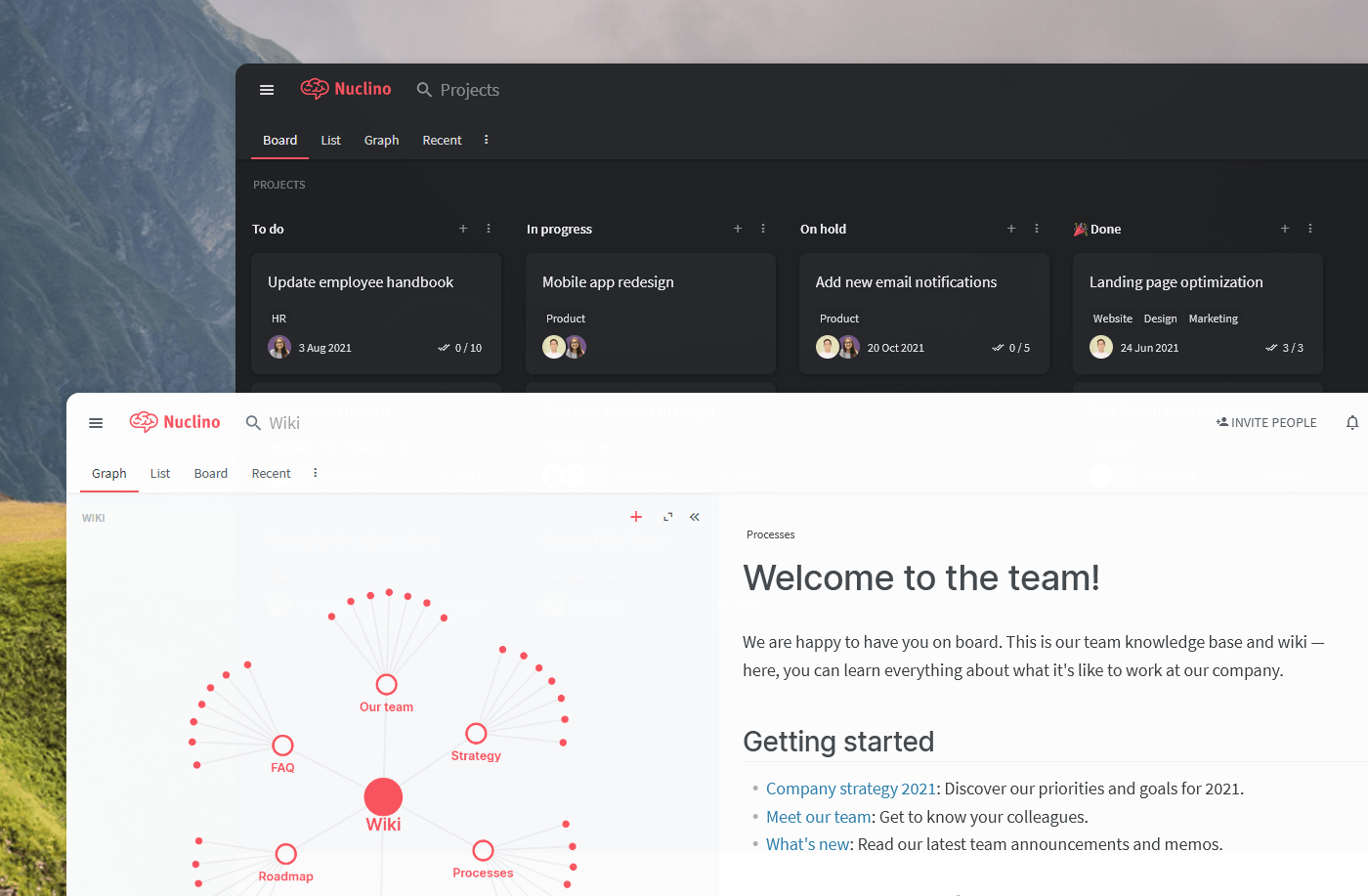Game Design Document Template and Examples
Keep your game design project on track with a simple template.
Let's face it – documentation is usually seen as the least fun part of the game development process. Many opt to skip it entirely. "No one reads GDDs anyway." "They become outdated the minute you finish writing them."
They are not entirely wrong. Rigid, multi-page GDDs have no place in modern game development. But it doesn't mean that game design documentation has become obsolete – it has merely evolved.
Let's dive deeper into what a modern video game design document is and how to write it.
Or skip directly to the GDD template.
- What is a game design document (GDD)?
- How to write a GDD
- Game design document template
- Real-life GDD examples
What is a game design document (GDD)?
A game design document (GDD) is a software design document that serves as a blueprint from which your game is to be built. It helps you define the scope of your game and sets the general direction for the project, keeping the entire team on the same page.

A GDD usually includes:
Executive summary (game concept, genre, target audience, project scope, etc.)
Gameplay (objectives, game progressions, in-game GUI, etc.)
Mechanics (rules, combat, physics, etc.)
Game elements (worldbuilding, story, characters, locations, level design, etc.)
Assets (music, sound effects, 2D/3D models, etc.)
Here's an example of a game design document created in Nuclino, a unified workspace where teams can bring all their knowledge, docs, and projects together:

Game design document example (Artwork credit: Stephane Wootha Richard)
Nuclino can serve as a lightweight game documentation tool, a game development planner, an internal wiki, and more. You can create real-time collaborative docs, allowing you to document, share, and collaborate on anything, from game proposals and storyboards to character profiles and concept art.

Visual collaboration is seamlessly built into Nuclino. You can add an infinite collaborative canvas anywhere and create diagrams and whiteboards directly within your design document, without switching tools.

You can use it to visualize your game's core gameplay loop, capture different mechanics and interaction flows, brainstrom ideas using sticky notes, organize concept art, and more.

Nuclino can be integrated with a wide range of other tools, including Discord, Google Drive, Slack, and more, seamlessly integrating it into your game design process.
Nuclino also comes with an AI-powered assistant called Sidekick that can help game designers with various aspects of the creative process. With Sidekick, you can generate ideas for characters and plot points, instantly create descriptions and dialogue, get suggestions for more concise or engaging language, and much more.
Sidekick also allows you to instantly generate unique concept art, storyboards, and other images in a variety of styles – 2D and 3D, abstract and photorealistic, detailed and simple.

Agile game design documentation
Traditionally, GDDs have been detailed, 100+ page documents, which tried to explain every detail of the game up front. As the game development process became more agile, the approach to documentation evolved as well. Realizing that overly lengthy and rigid GDDs are difficult to maintain and are hardly ever read, most studios have moved away from traditional design documentation.
Today, most game developers follow the agile approach to documentation. As Jim Highsmith, one of the 17 original signatories of the Agile Manifesto, said, "We embrace documentation, but not hundreds of pages of never-maintained and rarely-used tomes."
So rather than doing away with game design documents altogether, the documentation process can be adapted to support the creative, iterative, and collaborative process of game development.
How to write a GDD
Modern game design documentation process follows several best practices:
Keep the game documentation lightweight. The original game concept doesn’t always work out. You might have to scrap the game, or pivot in a different direction. Either way, keep the inital documentation to a minimum so you don't have to rewrite a multi-page document. Fit it on a single page and let it evolve from there.
Write the GDD collaboratively. Unless you are an indie game developer working solo, involve your team in the process from the start. Make your GDD the central hub where your team members discover, discuss, and solve issues together.
The GDD should evolve together with the project. A GDD is only useful when it's up-to-date. Choose a documentation tool that preserves a version history and let your design document evolve together with your game by updating it daily.
Use visual aids. Don't let your readers drown in text. Many ideas can be much more clearly conveyed using graphs, flow charts, and concept art. Or turn your entire game design doc into a mind map and watch it grow as your game evolves.

Learn more about how to write a modern game design document.
Game design document template
No two game design documents will be the same. However, a GDD template may be a good starting point.
Depending on the scope of your game development project, your design document may end up being very brief or fairly long and complex. Your first iteration can be a simple one-page overview. Copy this template and customize it to fit your needs.
As your game evolves and details begin to take shape, you may want to create dedicated documents for different topics. Better yet, turn your game design doc into an internal wiki and organize your work in a more structured way.
Real-life GDD examples
There are many great game design document examples to draw inspiration from.
Mike Dailly, one of the lead designers of Grand Theft Auto – originally called "Race'n'Chase" – shared the iconic game's design documents that date back to March 22, 1995.
Brian Freyermuth shared the GDD for the canceled Fallout: Brotherhood of Steel 2.
The original design doc of Silent Hill 2 is a lengthy but nonetheless great example of a well-written GDD.

GTA game design document example
At the end of the day, how you write your game design document is up to you and your team. Creating a video game is far from a trivial task, and while maintaining internal documentation may seem like a tedious task, it can save you a lot of time down the road. And after you have finished your game, your GDD will stand as a testament to all of your hard work.
Nuclino: Your team's collective brain

Nuclino brings all your team's knowledge, docs, and projects together in one place. It's a modern, simple, and blazingly fast way to collaborate, without the chaos of files and folders, context switching, or silos.
Create a central knowledge base and give your team a single source of truth.
Collaborate in real time or asynchronously and spend less time in meetings.
Manage and document your projects in one place without losing context.
Organize, sort, and filter all kinds of data with ease.
Integrate the tools you love, like Slack, Google Drive, Figma, Lucidchart, and more.
Ready to get started?
